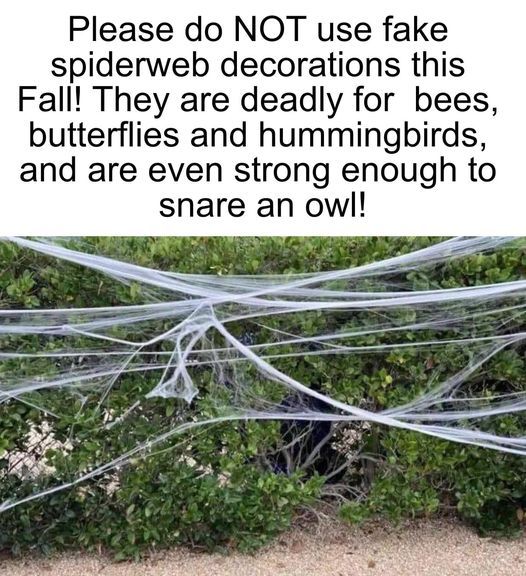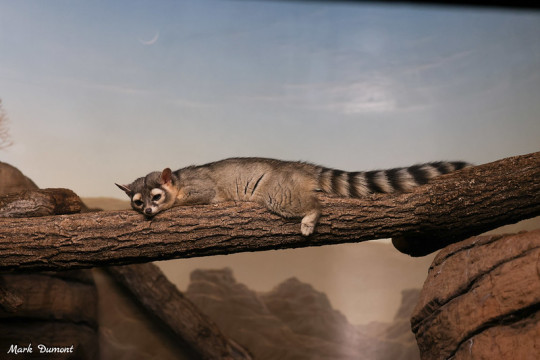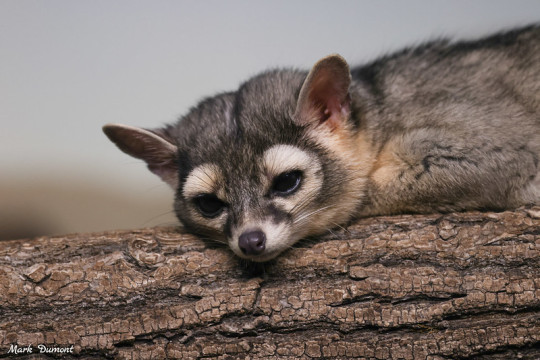Studies show most US children can identify way more corporate logos than native plants or common wildlife. Let's change that. YoungNatureExplorers.com
Don't wanna be here? Send us removal request.
Text

free fox and crow autumn coloring sheet printable https://www.youngnatureexplorers.com/printables/
2 notes
·
View notes
Text

A red legged salamander intergrade (Plethodon shermani int. Plethodon teyahalee) in Nantahala National Forest, North Carolina, USA
by Alan Cressler
337 notes
·
View notes
Text

We have to stop covering kids in synthetic fragrances. Synthetic fragrances can have neurotoxic and neurostimulatory effects, and research is showing them to be carcinogenic, cytotoxic, and mutagenic.
0 notes
Text


Halloween, or All Hallows’ Eve, dates back to the ancient Celtic festival of Samhain, a time when people would light bonfires and wear costumes to ward off ghosts. Over time, the holiday evolved, but at its heart, it remains a celebration of the changing seasons, the mystery of the night, and the beauty of nature.
https://www.youngnatureexplorers.com/celebrating-halloween-without-plastic-or-store-bought-candy/
0 notes
Text
2K notes
·
View notes
Text

Gray foxes are unique in the canid family, in that they are one of two species of canid that climb trees. They have rotating wrists and semi-retractable claws that help them climb up high to den, forage, or escape predators.
Photo: Lori Burt Photography
2K notes
·
View notes
Text

All of my friends that work at wildlife rehab centers have had to untangle animals from this stuff, or had animals brought in that died in it. This is especially nasty for small owl species.
33K notes
·
View notes
Text

North American Wildlife Crossword Puzzle https://www.youngnatureexplorers.com/printables/
0 notes
Text

Spectacled Eider (Somateria fischeri), L - female & R - male, family Anatidae, order Anseriformes, Alaska
photograph by Ervins Cippa
271 notes
·
View notes
Text

https://www.youngnatureexplorers.com/how-to-set-up-your-baby-for-a-love-of-nature-not-screens/
The natural world is the ultimate sensory experience to spark a child’s curiosity and imagination. #thevoyageoflife #nature
0 notes
Text
Chokecherries have been a staple in the diets of many Native American tribes, including the Cheyenne, Arapaho, and Shoshone, long before European settlers arrived. These tribes used chokecherries not only as a food source but also for medicinal purposes. The berries were often dried and mixed with bison meat and fat to make pemmican, a nutrient-dense food that could be stored for long periods. The bark and leaves were used to treat various ailments, such as colds and digestive issues.
0 notes
Text

Moose can dive up to 20 feet and hold their breath for 30 seconds. They have special nostrils that close while they're eating underwater vegetation. Moose run up to 35 miles per hour, and can swim at speeds of about 6 miles per hour.
https://www.youngnatureexplorers.com/moose/
0 notes
Text


Ringtail (Bassariscus astutus)
Photos by Mark Dumont
1K notes
·
View notes
Text

https://www.youngnatureexplorers.com/ringtail/
This little critter, often mistaken for a cat, is actually a member of the raccoon family. North America’s procyonidae family includes the raccoon, ringtail, and coati. They are all nocturnal and excellent climbers who often rest in trees during the day.
With a hind foot that rotates 180°, the ringtail has impressive dexterity. Its scientific name means “clever little fox”, according to Wild Animals of North America. Strictly nocturnal, the ringtail is rarely seen but is not uncommon.
Ringtails are native to North America, primarily found in the southwestern United States and Mexico. They thrive in a variety of habitats, including rocky deserts, woodlands, and even some urban areas. States like Arizona, New Mexico, Texas, and parts of California are prime ringtail territory. In recent years it has moved into Kansas, Arkansas, and Louisiana, according to Wild Animals of North America. These agile creatures love rocky environments where they can scamper up and down cliffs and hide in crevices.
2 notes
·
View notes
Text
https://www.youngnatureexplorers.com/armadillo-facts/
Armadillos are the only living mammals with bony shells.
This newcomer to the United States has spread from Mexico over the past 150 years. People have helped extend its range by transplanting it, possibly as food. It was deliberately introduced to Florida in the 1920’s and, mostly on its own, proceeded to become established over much of the state. Around the same time, Louisiana started to see a large number of armadillos. They are now found throughout the state.
In some cultures, armadillos have been consumed for centuries. The meat is said to taste like chicken or pork and may be cooked in various ways, such as grilling, stewing, or roasting.
Armadillos can carry diseases such as leprosy (Hansen’s disease), which can be transmitted to humans through direct contact with infected animals.

0 notes
Text
https://www.youngnatureexplorers.com/virginia-opossum/


Virginia opossums are primarily nocturnal and solitary animals. They are excellent climbers and spend much of their time in trees, using their agile tails and opposable thumbs on their hind feet to grasp branches. They are also opportunistic omnivores, feeding on a diverse diet that includes fruits, insects, small mammals, birds, and carrion.
Opossums play an important ecological role as scavengers and insect controllers. They help clean up carrion and control populations of insects and other small animals, including deadly snakes.
While not as extensively studied as in some other species, there are observations of opossums using tools in captivity, such as using sticks or other objects to access food or manipulate their environment.
National Geographic Society’s Wild Animals of North America says Captain John Smith introduced the western world to the opossum in 1608: “An Opassum hath an head like a Swine, and a taile like a Rat, and is of the bignes of a Cat. Under her belly she hath a bagge, wherin shee lodgeth… and sucketh her young.”
It also mentions that our opossum probably evolved in Mexico late in the Ice Age.
1 note
·
View note